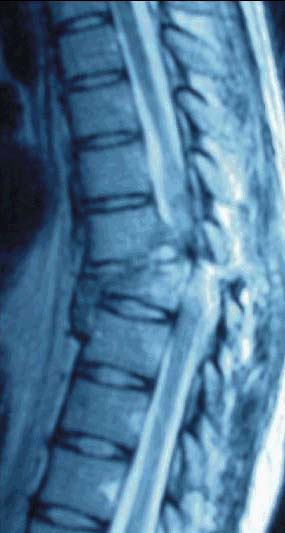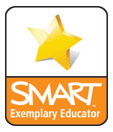
It sounds ironic when you say that you miss work. Especially when you are a few days from your time off work, enjoying the holidays. However, as much as I want to rest and have fun with my family, can I stop working? Or, at least, can I stop searching for resources and new things to offer in and out of the classroom?
Yes! Vacations all summer, woohoo!!!........not really. I guess that's the fine print when you sign the professional contract to become an educator (working 8 hours at school and several more at home). I didn't leave for vacation time and I can't stop working about the curricular challenges for 2009. My country's academic year runs from march to december. So the holidays mark the end of the academic year too.
I tried to stay away from my tools of research: twitter, ning, monitter, etc. But, even though disconnected for a while, I know I can't get too far from from it. The rest of the world is learning and teaching at all times.
I use lots of videos in my classes, I found the next video from daibarnes at twitter. The US spends thousands of dollars per student every year, my country barely spends tens of dollars per student every year, and I think bioth have similar results in primary and secondary schools. This is no irony, it is a reality. Something that we have to face and that we must change.
The world says technology is the solution. I'm a huge fan of technology, I use it in all my classes, but I think technology alone is not the solution. We must not rely solely on that. The contribution that parents bring to students' performance when they get involved in their education is incomparable.
Get involved in your children's education and you'll see that education and many other areas of interest in their lives will improve.








 Ever since I remember, I knew dinosaurs were extinct. The discussion was how they disappeared not if. And even though there is no final word about it, the consensus is that dinosaurs suffered from a series of dramatic changes in the climates supporting their voracious appetites and necessities.
Ever since I remember, I knew dinosaurs were extinct. The discussion was how they disappeared not if. And even though there is no final word about it, the consensus is that dinosaurs suffered from a series of dramatic changes in the climates supporting their voracious appetites and necessities. 


 The methodologies in Education have been changing along time. Lecture-based, skills-based, curriculum-based, etc.
The methodologies in Education have been changing along time. Lecture-based, skills-based, curriculum-based, etc.




































 Linkedin/glazaro
Linkedin/glazaro Twitter/glazaro
Twitter/glazaro YouTube/sjtics
YouTube/sjtics Del.icio.us/glazaro
Del.icio.us/glazaro Technorati/glazaro
Technorati/glazaro MyBlogLog/glazaro
MyBlogLog/glazaro Blog/Gerardo Lazaro
Blog/Gerardo Lazaro
